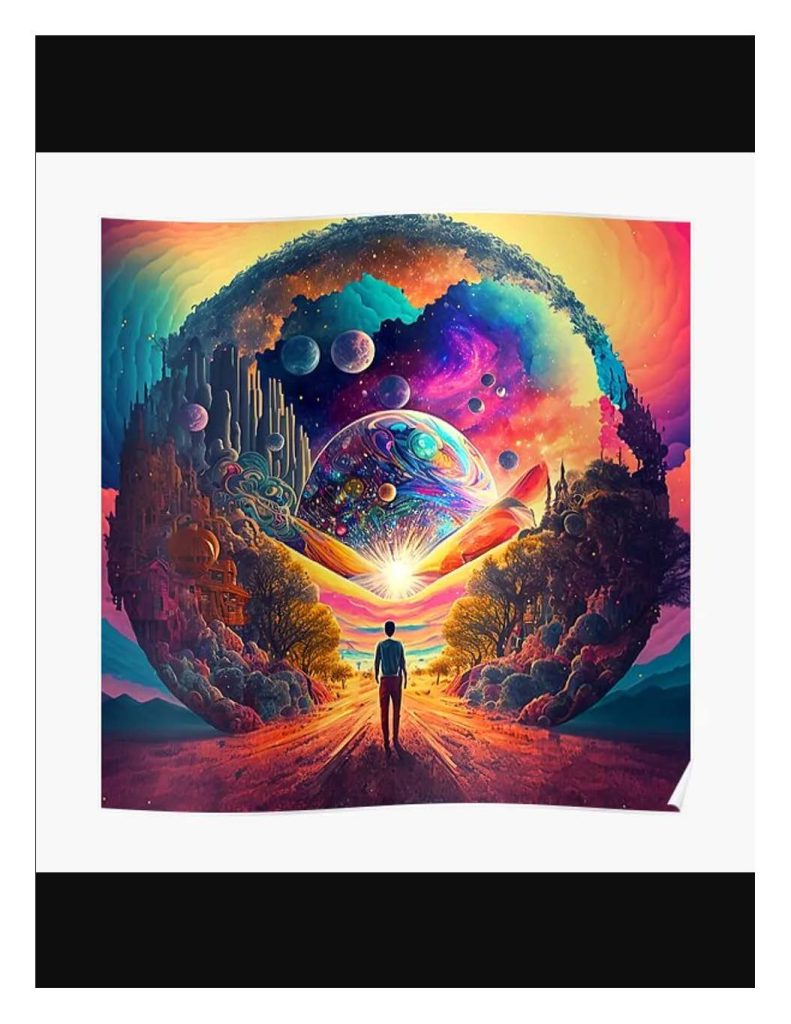
The accelerated expansion of the universe may not rely on the influence of a mysterious dark energy, but could be possible if there is a parallel universe that mirrors our own driving that expansion, at least according to a new paper published by a researcher seeking to find an answer to this baffling phenomenon.
Along with the concept of dark matter, the hypothetical source of more than four-fifths of the universe‘s gravity, no evidence for the existence of dark energy has been uncovered to date, despite the inexplicable acceleration of the expansion of the universe—typically, the expansion of any explosion slows over time, but the universe appears to be doing the exact opposite. This lack of evidence has prompted many researchers to start looking for alternative explanations, including Naman Kumar, a PhD student at the Indian Institute of Technology, Gandhinagar.
“Unlike existing models, this does not require any form of dark energy or modified gravity approaches,” Kumar explains of his new model. “However, there is a price to pay: we need a partner anti-universe whose time flow is oppositely related to our universe.”
Kumar points out that the idea of a mirror universe like this isn’t new, citing a 2022 paper that used the same concept to explain why there is a drastic imbalance in the charge, spin and flow of time for the particles that make up matter in our universe, known as “CPT symmetry” in theoretical physics, “but rather, the universe after the Big Bang is the CPT image of the universe before it, pointing towards a partner anti-universe.”
Using “key concepts from quantum theory… and from general relativity,” Kumar found that his model suggested “that the universe naturally expands in an accelerated manner”; for instance, using relative entropy—one of the factors drawn from quantum theory—in the model required the presence of two states; although only one of these quantum states might be present in an observed particle, the second state could be displayed by that particle’s anti-universe twin.
“Accelerated expansion seems inevitable in a universe created in pairs that respect the null energy condition,” Kumar explains. His model also takes the concept of “causal horizons” into account, a geometric concept that causes one observer to lose contact with another, such as when one of the observers crosses the event horizon of a black hole: although the traveler that has passed beyond the event horizon can see the other outside the black hole, the individual on the outside cannot see in. In the case of Kumar’s model, the Big Bang is also one such causal horizon, a theoretical barrier that we cannot see past, in this case backward in time past the event itself.
“Building on existing theories, my model offers an explanation using standard concepts from quantum theory and general relativity, without the need for elusive dark energy.”
“The results indicate that accelerated expansion is natural for a universe created in pairs,” Kumar concludes. “Moreover, studying causal horizons can deepen our understanding of the universe. The beauty of this idea lies in its simplicity and naturalness, setting it apart from existing explanations.”
Whitley may have encountered a mirror universe like this one during his 2019 visit to the Consciousness and Contact conference in South Dakota, a world so much like our own, and yet so distinctly different. Whitley describes his journey there and what he saw in his 2019 book, A New World.
Subscribers, to watch the subscriber version of the video, first log in then click on Dreamland Subscriber-Only Video Podcast link.
In the Koran, Allah (s.w.a.t) says, “I have left My Signs on the Horizons, for those who reflect.”
I take this to mean to horizons of natural forces, like the speed of light, as well as subtle but critical events like Bose-Einstein condensates.